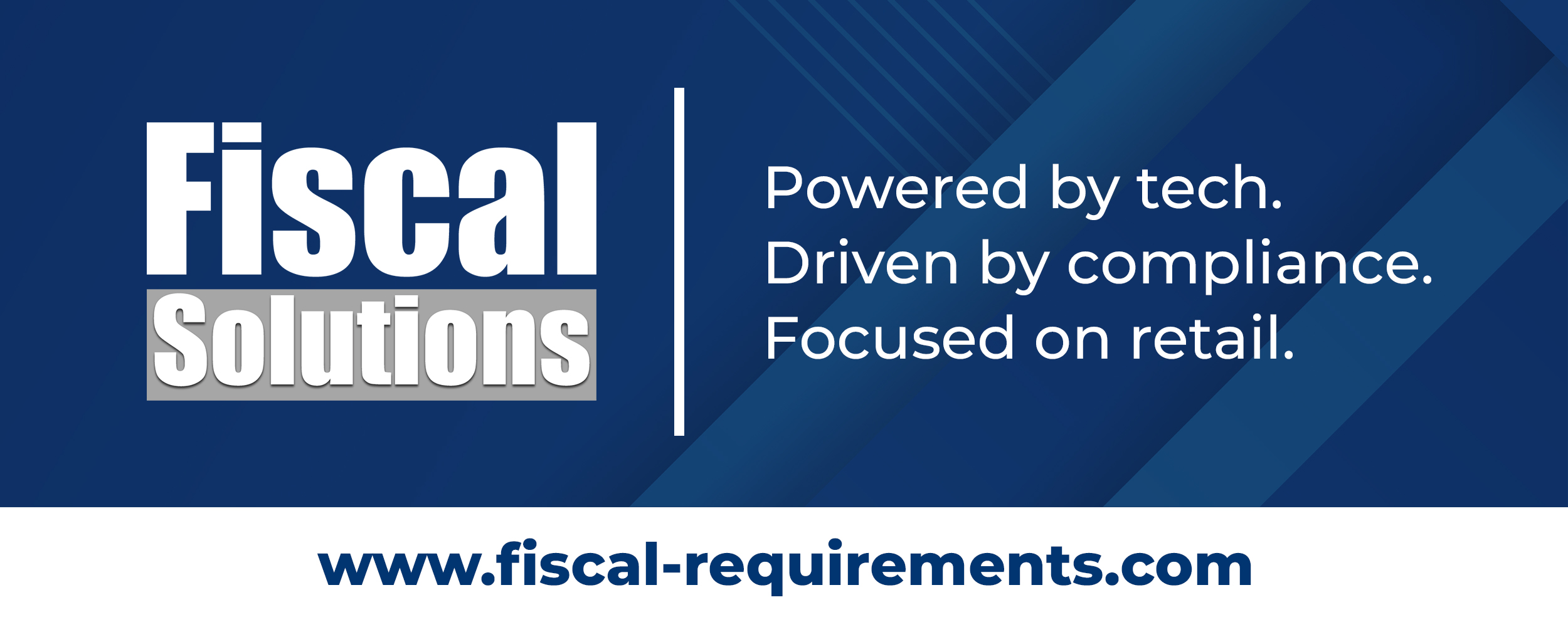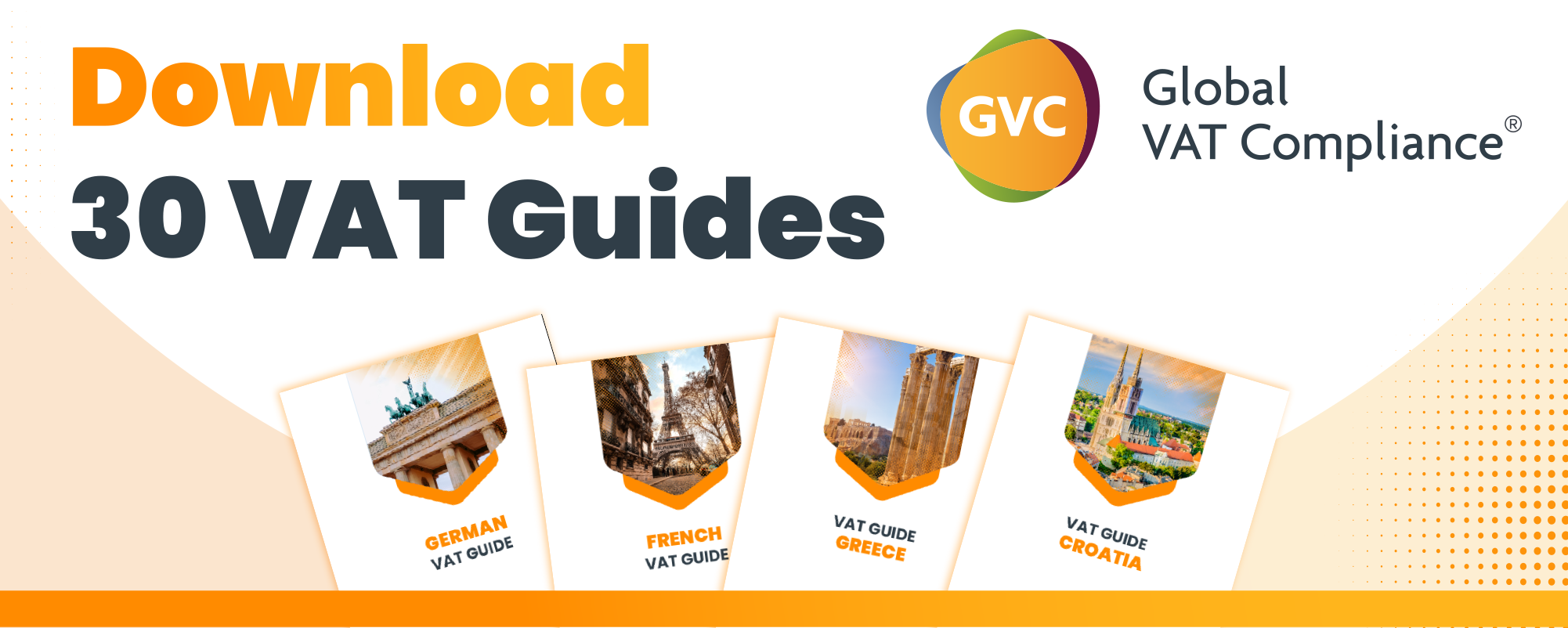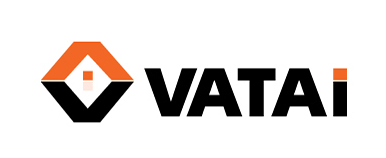The UK and India have reached a comprehensive free trade agreement (FTA) set to reshape bilateral trade, unlock new markets, and foster economic growth. Here’s what we know so far:
-
Tariffs and Market Access: India will reduce tariffs on 90% of lines, with 85% reaching zero within 10 years, benefiting sectors like food, drinks, automotive, and consumer goods. The UK will eliminate tariffs on 99% of Indian goods, expanding trade opportunities.
-
Rules of Origin and Customs: The FTA includes India’s best-ever Rules of Origin, requiring significant product transformation for tariff eligibility. Simplified customs processes, duty deferrals, and a 48-hour clearance target will streamline cross-border trade, enhancing business confidence and efficiency.
-
Mobility and Temporary Workers: Existing business travel rights will be preserved, enabling professionals to move between the UK and India. The FTA introduces a capped visa route for certain temporary Indian workers, covering sectors such as chefs and musicians, expanding mobility options.
-
Digital Trade and Intellectual Property: Provisions include commitments to paperless trade, digital authentication, and source code protection. IP rights will be strengthened with improved patent procedures and sustained copyright protections, boosting creative industries and fostering innovation in both economies.
-
Procurement and Services: UK businesses will gain access to India’s procurement market for goods, services, and construction. The FTA locks in existing market access for services, with guarantees for telecommunications, environmental services, and opportunities for mutual recognition of professional qualifications.
-
Impact and Projections: The FTA is projected to boost bilateral trade by £25.5 billion annually and add £4.8 billion to UK GDP in 15 years. Key beneficiaries include food, drink, automotive, consumer goods, and creative industries, driving long-term growth.
-
Next Steps and Preparations: The legal text of the treaty will be verified, followed by signing, parliamentary scrutiny, and ratification. Businesses should assess the FTA’s potential benefits, plan around reduced tariffs, and identify how it can ease existing trade barriers.
Source: Deloitte














